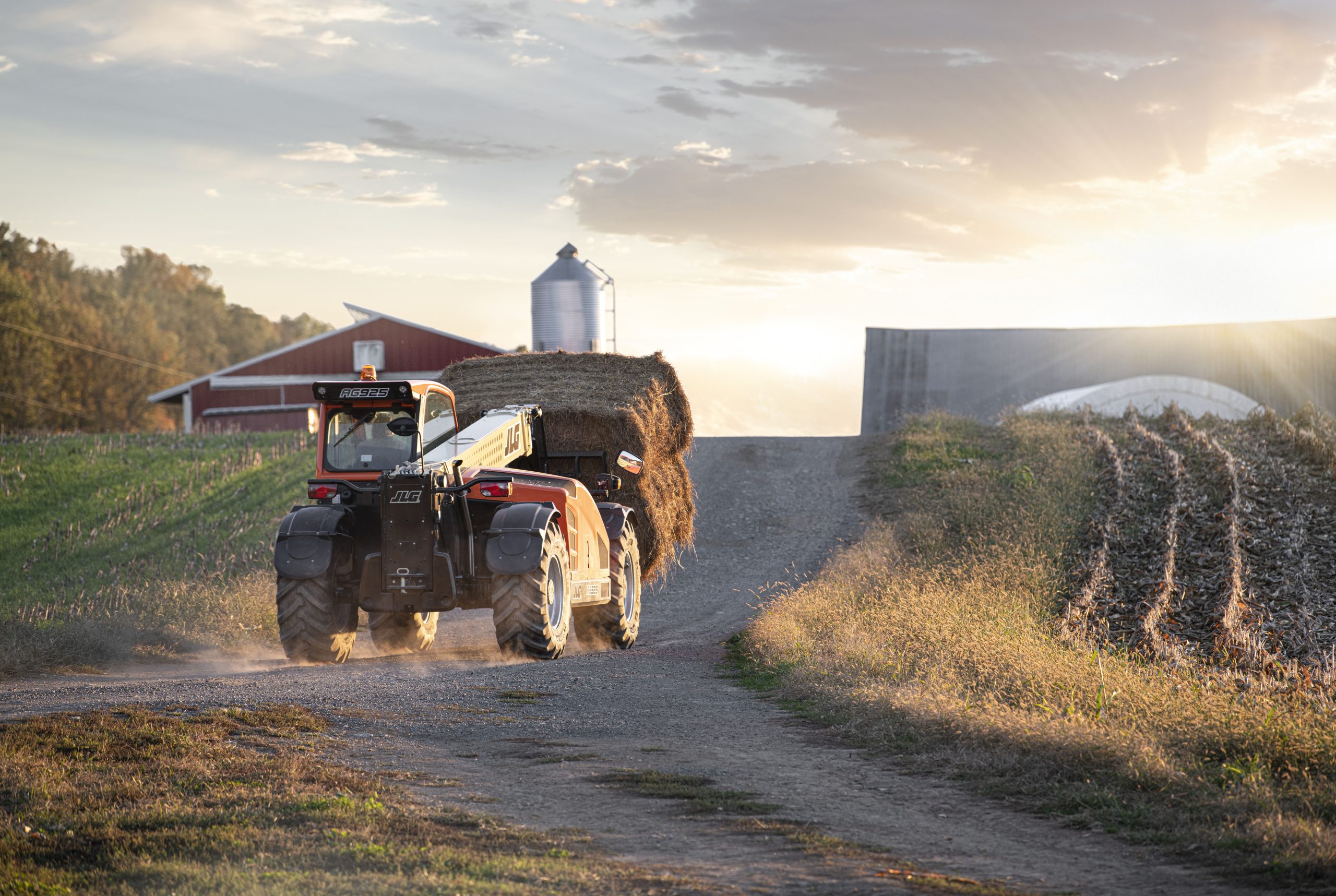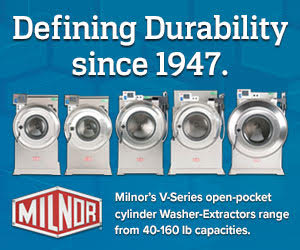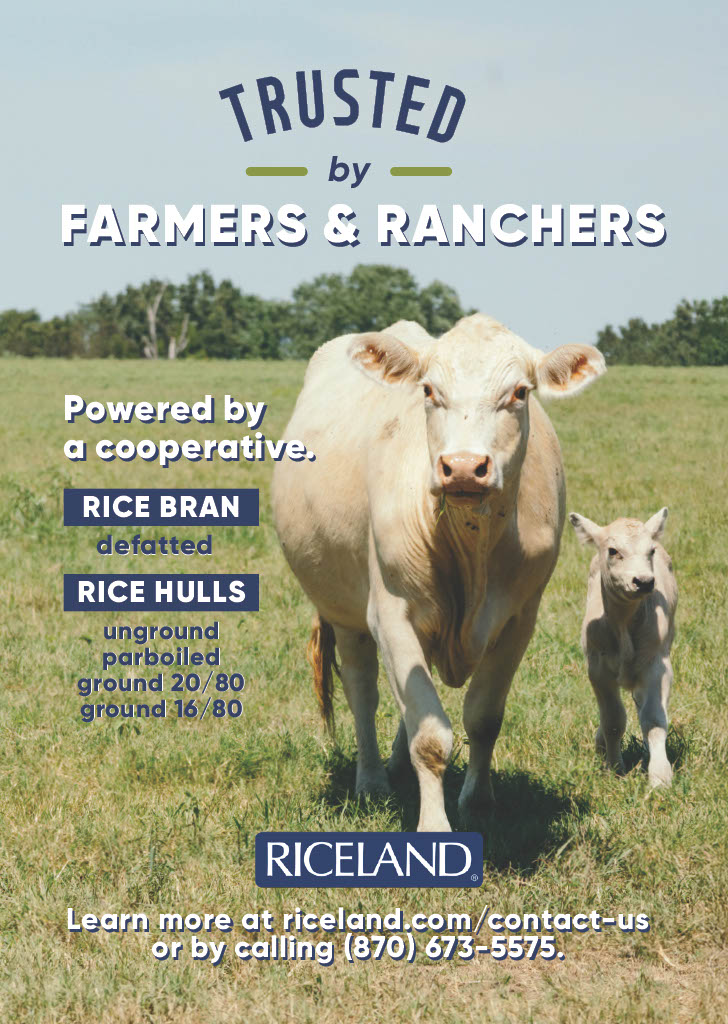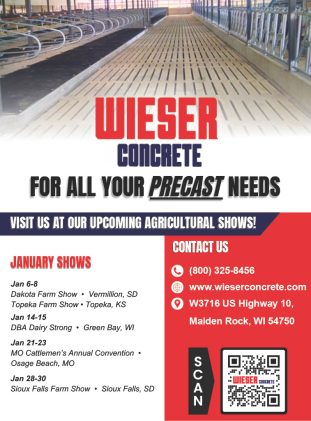Do Telehandlers Have a Place on the Farm?

Do Telehandlers Have a Place on the Farm? These Farmers Say “Yes!”
For years, telehandlers on U.S. farms have been “nice-to-have” but not “need-to-have” machines. That’s because American farmers are very price-conscious, and over several generations of owning and operating their farms, they have become extremely savvy at finding ways to get the work done with machinery they already have. This means they rely heavily on tractor(s) to do most of work, including lifting, loading, repair and construction tasks. And when they need to use other equipment, they will likely choose a skid steer loader or wheel loader as a support machine.
Tractors and loaders are great pick-and-carry machines (i.e. picking it up and transporting somewhere else) and are more than capable of handling heavy loads around the farm. But, these machines aren’t always the most effective at placing them.
Telehandlers, on the other hand, can do most of the same pick-and-carry tasks as tractors with a front-end loader, skid steer loaders or wheel loaders, but with the added capabilities that only a machine with a telescopic boom can offer — more lift height, extended forward reach, as well as up-and-over reach. This means that telehandlers can pick, carry and place materials, giving farmers greater versatility. With these capabilities and features, JLG ® telehandlers can be of use for a surprising number of farm tasks.
Just ask these farmers who have tried one, and they’ll tell you…
Brad Palmer, Pigeon Cove Farm — “It has its place.” Fifth-generation farmer Brad Palmer, owner of Pigeon Cove Farm, located outside of Warfordsburg, Pennsylvania, grew up on the family dairy farm, watching it grow and expand over the years. “Farming is all I know,” he says. “I’ve been working here since I was able to. I love what I do.”
Today, he and his son, Logan, along with their farmhands, milk nearly 400 head of cows and farm nearly 2,000 acres of crops in the Pigeon Cove Valley. Plus, they offer custom farming services to other farmers in the area. They start their day at 3:30 a.m., and Palmer says that some nights it’s as late as 10:00 p.m. before he gets home. These long days full of work, leaving them little time to waste. “There’s always more to do, and less time to do it. It’s all about efficiency,” he says.
Over the years, Palmer has watched farm equipment change tremendously, especially when it comes to technology. But like many farmers, he still depends on tractor loaders and skid steers to get work done.. In fact, 30 years ago, when they got their first skid steer loader, Palmer says it took some getting used to — and now, his guys can’t imagine being without it. Pigeon Cover Farms currently has three skid steer loaders and two tractor loaders that Palmer says take care of pretty much everything.
But, he notes, that his loaders aren’t the most efficient tools to get all the work complete. For example, he says, “With a skid steer loader, I have to build a ramp so the machine can dump into a dump truck.” This takes extra time and effort that he and his crew don’t always have to spend.
Farms in the area have started using telehandlers for this type of work, so when JLG announced that they were getting into the agricultural market with a line of telehandlers, Palmer raised his hand, offering to test out the new AG925 model in his operations. “All my guys were ecstatic when I got it,” says Palmer, “because we had heard about telehandlers and all they could do — but we really didn’t know until we had one on the farm.”
He says that everyone was surprised by the machine’s capabilities and versatility. “The biggest thing is its reach. It offers greater reach than our tractors and loaders and tremendous lift capabilities. Everyone really likes it — every day, my guys ask where it’s sitting so they can go use it. It’s been a wonderful fit to our operations,” he says.
Palmer’s guys used the JLG telehandler for common tasks like feeding cattle, defacing bunks and silage, loading mixers, bedding cows and moving large square bales of hay. He says, “We can feed our cows and load feed so much faster with the telehandler than we can with a skid steer because it has a 3.9-yd bucket compared to our largest skid steer loader, which has a 1.5-yd bucket. Since we can move more volume at a time, this saves us at least 20-30 minutes per day.”
In addition to bucket attachments, Palmer and his guys also use the AG925 with pallet forks, hay forks and defacers.
After putting about 400 hours on the AG925 over four months, he says that the farms efficiency has improved. It does about 80-85 percent of what a skid steer can do and then some with its reach capability, weight and load capacity. He also mentions that a telehandler won’t ever fully replace his skid steer loaders, but it takes a lot of stress off of those machines. “We can get more done in less time,” he notes.
Another area that the JLG AG925 has improved Palmer’s operations is loading dump trucks. Now his guys can do it without needing to build a ramp. “We can scoop the feed and reach it over the side of the truck,” he says, “A skid steer loader doesn’t reach that high.”
They have also used it on other tasks to reduce manual labor, like lifting sacks of feed and feeding the grain drill, carrying tires and pushing brush and trees out of the fields. “We use it for everything,” he says. “If we need something moved, we use it because it has great maneuverability. It can get into tight spaces and is able to make tight turns. It also has good towing capabilities, it works well.”
Palmer also mentions that the JLG AG925 model is a very comfortable machine to operate, offering a smooth ride at 25 mph and both 2WD and 4WD, independent suspension and an air ride seat. It offers a smooth ride compared to a bouncy 10 mph skids steer. Palmer’s farms are 2-3 miles apart, and they go between them a lot so his guys need a machine that can get from here to there as quickly as possible. Palmer says that his guys also appreciate the machine’s crab steering capability, which allows them to get close to walls and stalls.
Palmer finishes, “We’re very pleased with it, we get a lot done with it, and it has done everything we expected it to do. There are still places on the farm for skid steer loaders but also for telehandlers. I’d highly recommend it — it has its place.”
Watch Palmer’s testimonial at https://www.youtube.com/watch?v=Hdfc4U0YUM4.
Logan Bower, Pleasant View Farms — “It’s a winner.”
Some of Logan Bower’s neighbors have been running competitive telehandler brands on their farms for a while, so when he heard that JLG was coming out with a line of dedicated ag models, he was excited to try one. “We’re used to what we’re used to (tractors and skid steer loaders),” he says. “This is our first experience with using a telehandler, and it was surprising how competitive it is with our skid steer loaders.”
He adds that, with the JLG telehandler’s low center of gravity, it can get in and out of areas with low ground clearance. And, it has more breakout force and lift capacity than his skid steer loaders, so it can do a lot of things that they weren’t expecting. Bower says that his guys love the machine and have adapted to it quickly. “It’s been a great substitute for our loaders,” he adds. “We like the flexibility it gives our fleet.”
Bower, owner of Pleasant View Farms in Blaine, Pennsylvania, is a 3rd generation farmer with 15-16 full-time employees. They manage 1,500 head of cattle, milking about 600 of the cows, and farm about 900 acres. He and his guys used the JLG telehandler to bed stalls, haul heavy loads, put tires on and take them off bunkers and travel to other farms. And thanks to the machine’s extendable boom, they also used it to load the mixer wagon because it can reach high enough to get up and over the sides.
He adds, “We are always fixing and maintaining stuff on the farm — roofs, downspouts, windows, fans and so on. The ability to raise up and boom out with the telehandler, instead of having to move the whole machine to get into position, really makes this machine better for this type of work, especially when people and animals are nearby.”
An advantage of the JLG telehandler in agricultural applications compared to other types of equipment is that it has a small footprint while offering plenty of power. For example, trucks still need to be loaded/unloaded on farms in space-restricted areas, and when farmers need to move materials from place to place, they need equipment that can maneuver around various obstacles and fit on the road. Bower says that the JLG telehandler’s lift capacity, combined with its maneuverability and stability, allows them to haul much heavier loads than they can with a skid steer. “It can carry about one ton more material than our largest loader,” he notes.
And, he goes on, the telehandler has another advantage over his skid steers — it’s easier on the ground. “When we’re operating on the soil around the yard or on the stone driveway,” he says, “the JLG telehandler doesn’t destroy the surface it’s operating on like a skid steer does.”
Bower says that his guys were timid at first about operating the JLG telehandler since it was a new machine for them — they were afraid they might break or hurt something. But, because it’s set up with a steering wheel, Bower says, it’s easy to run, and once his guys got the hang of it, he can’t get them out of it.
He finishes, “The JLG telehandler is so handy, we use it more than I expected we would — I can’t believe we didn’t try this before. I guess you can teach an old farmer new tricks. It’s a winner!”
Watch Bower’s testimonial at https://www.youtube.com/watch?v=LJZxL1s8ZD4.
Do more with less
Thanks to their extended reach and lift height, and a range of capabilities and attachments, both Palmer and Bower say that JLG telehandlers can help farmers get more done in less time — because dawn-to-dusk is often a short day.
To learn more about how JLG ag telehandlers can boost productivity in farming operations, click here.




